Soundz Blade V2 Universal Greek HIFI IEMs – Dazzling Music Abound
Soundz Blade V2 is a 750 EURO / $812 USD pair of high-end IEMs designed with a switch to either make the sound bright and neutral, perfect for monitoring, or add body, bass impact and more weight to music, turning it to a more enjoyable listening experience. Today we will review the Soundz Blade V2 and compare it to other similarly priced IEMs we recently reviewed, including Campfire Bonneville (1399 USD), Spirit Torino Twin Pulse Beryllium (1000 USD), and Sennheiser IE900 (1499 USD).
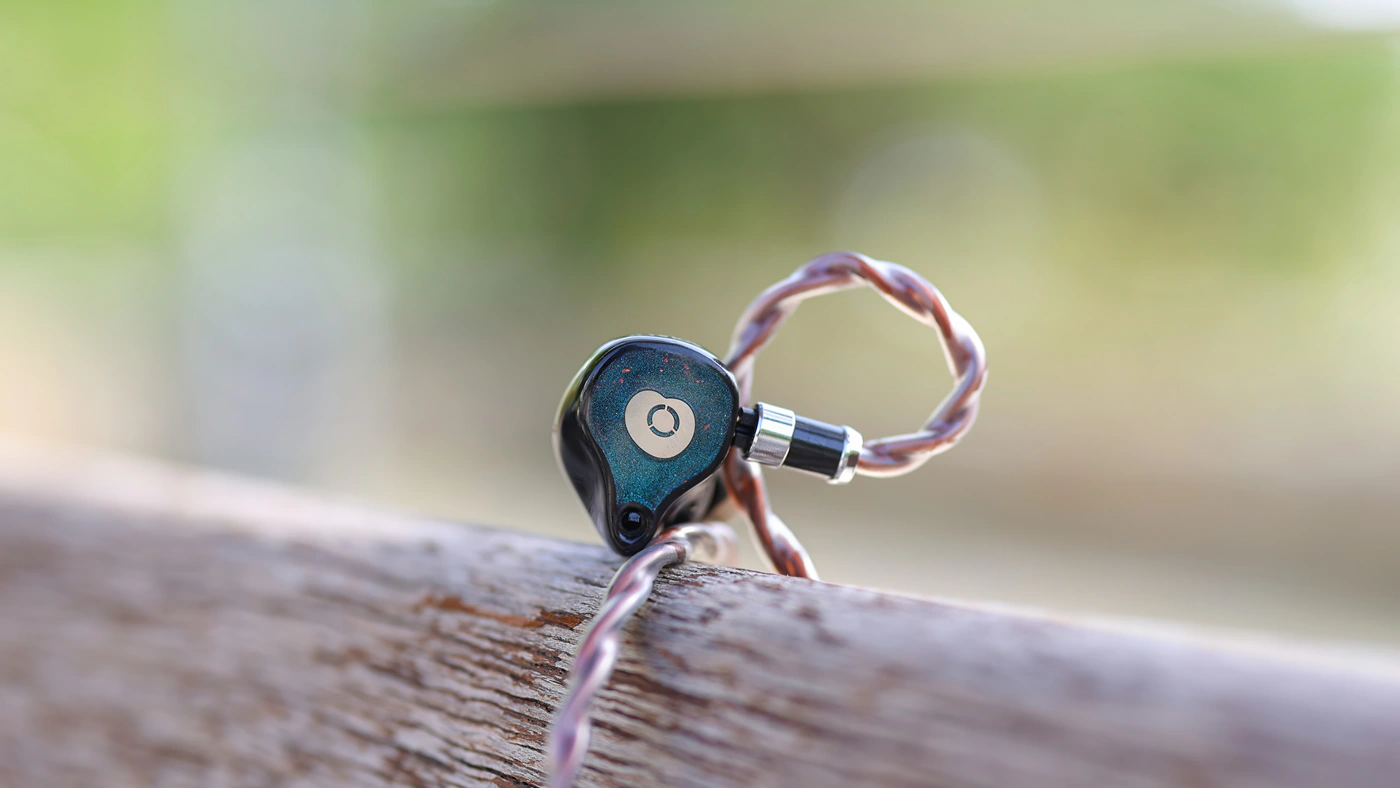
Introduction
As this is the second review we are making exploring a Soundz product, I can give you quite a bit of feedback and insight about the company. They have even been present and a rising star at High-End Munich in 2024, bringing together their team and even an audiologist to take impressions and work on custom IEMs orders. The company mainly creates custom IEMS for artists, but they have a talented person in charge of the tuning, and they create many IEMs that became popular quickly in Greece, where the company is from, so they started selling their IEMs worldwide. The model we are reviewing today is on the more affordable side, and it can be ordered both as a custom or as a universal IEM, although from my experience, the universal fits almost as good as a custom, being based on the custom version. As an Amazon Influencer, I earn from qualifying purchases, and using the purchase links in my reviews helps me maintain this website and Youtube Channel. Huge thanks to Soundz for providing us with the sample for this review.
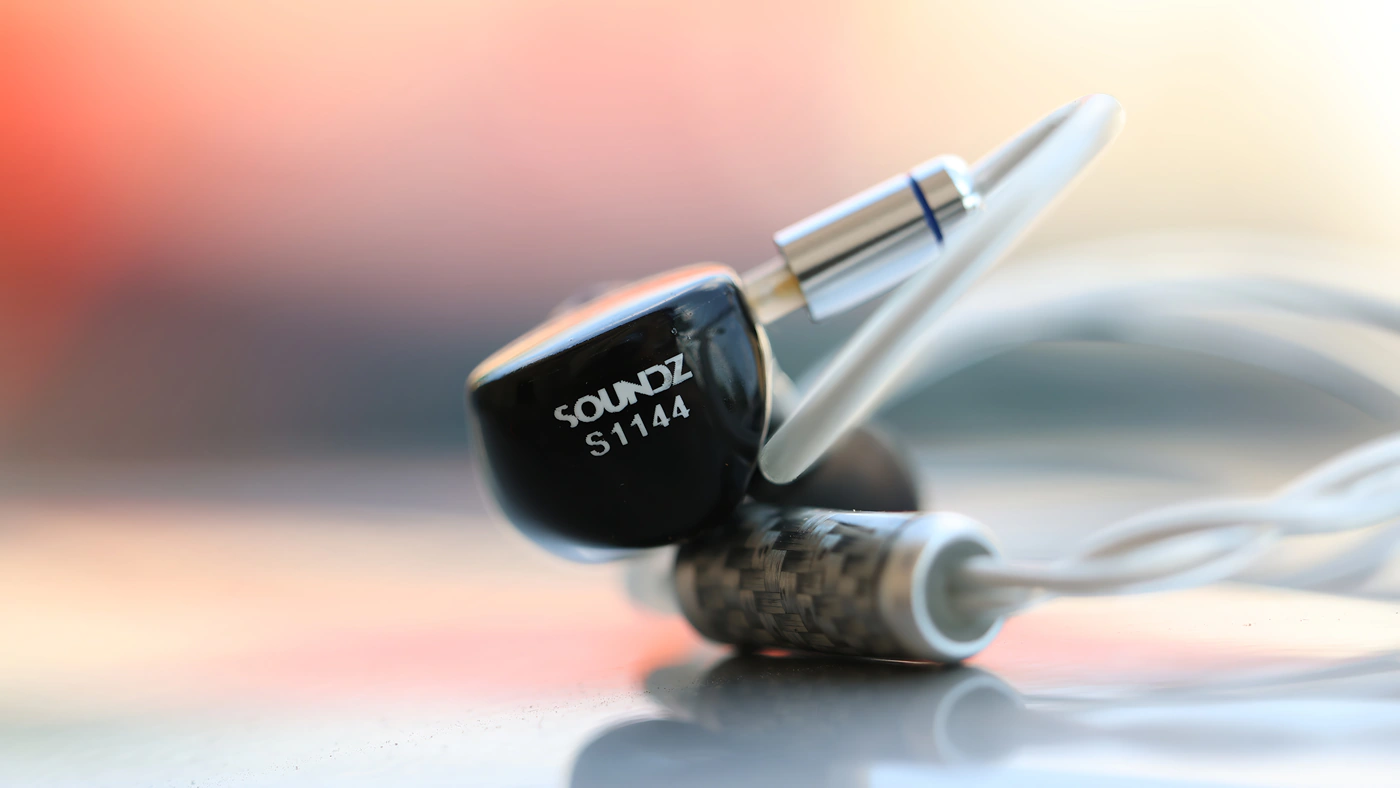
PROs – Universal tuning that works really well with all music styles, Excellent design and customizability options, Comfort is top-notch, it feels like a custom IEM even for the universal variant, offering outstanding comfort, a high-quality cable, and extreme passive noise isolation. The Package is rich and includes a sturdy transport case, while the cable has no microphonic noise, and you can order them with a 4.4mm balanced connector. The sound is detailed without being fatiguing, midrange is natural, and you can engage the bass boost switch, which acts a bit like a V-Shaped switch that adds both low-end punch and a bit of extra treble, making the sound more fun, or you can keep them more neutral. Bass reaches 20 Hz in extension, while treble reaches 16 kHz, the soundstage is natural and instrument definition strong, with one of the best dynamics that I’ve heard in the price range, without coloring the sound. Blade V2 reproduces the recording accurately and faithfully.
Cons – It is sensitive to source noise and high output impedance, as the impedance is extremely low at 12 OHMs, with a SPL of 105dB/mW, so they are not the easiest to drive either. Some of the better features, like the Flex Fit PRO are available only for the Custom variant.
Product Link
Official Link – https://www.soundzcustom.com/product/soundz-blade-universal-fit/
You can grab one here – https://amzn.to/3SizcMv
Build Quality/Aesthetics/Fit/Comfort
Soundz Blade V2 is claimed to be a versatility king by the company, and after hearing it I hear what they’re talking about, I think they are right. The company added in the new V2 of the Blade the Ultra Mode, so we have the Ultra Mode for a neutral, well defined sound, excellent for audio engineering, and we also have the Blade Mode, which adds warmth and a bit of treble sparkle. The core driver arrangement has two Balanced Armature Drivers for the bass, 1 Balanced Armature driver for the midrange, and one balanced armature driver for the treble. This is the only spot where my findings are different from the official data, as although Soundz quotes that the Blade mode makes the treble warmer and softer, I found that Ultra mode sounds softer in the treble, while Blade mode accentuates the bass a bit.
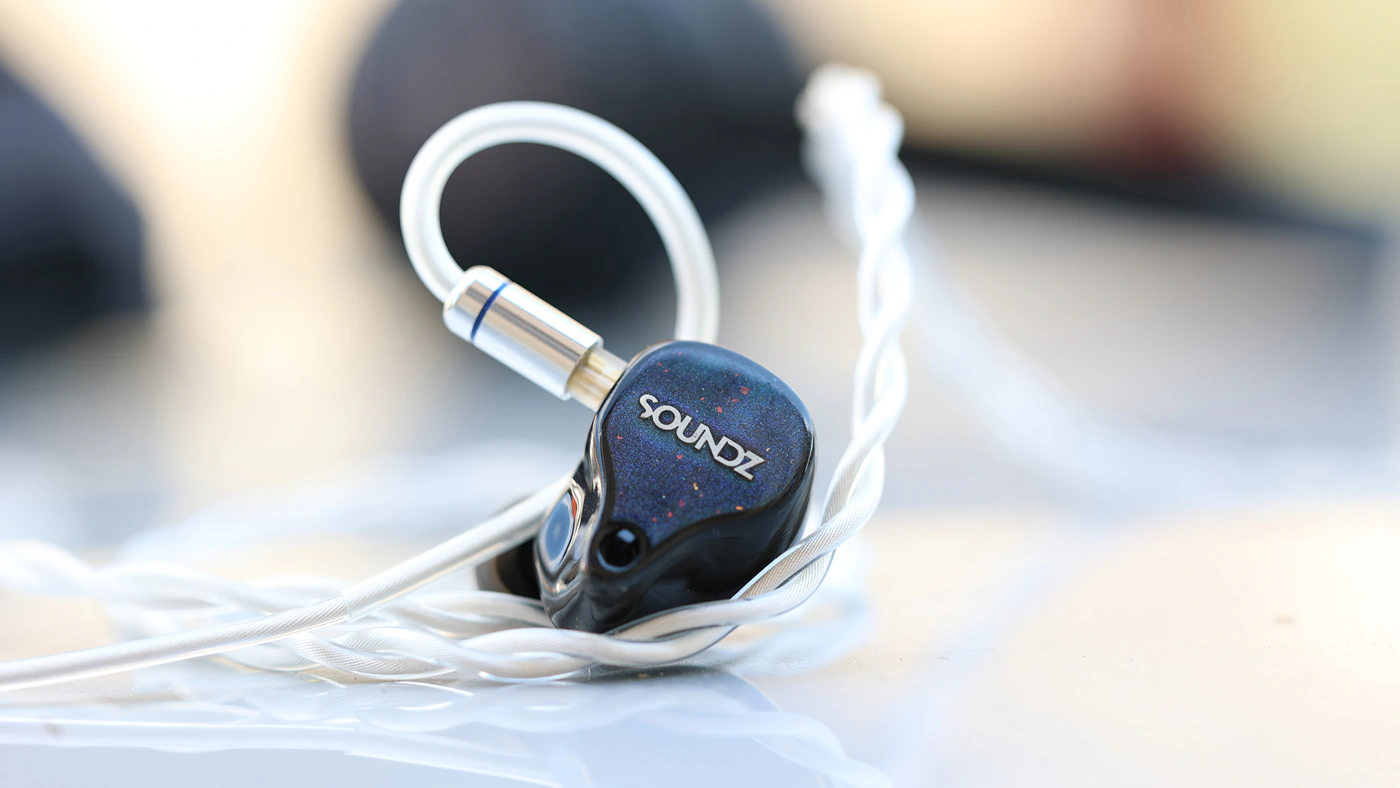
As IEMs are objects that will take a lot of damage throughout the day, Soundz made the shells of the Blade V2 super sturdy, using 1.4mm resin, giving you peace of mind that those won’t break even if used in a concert as monitors. Even better, up to the point of me writing today’s review, I have used the Blade V2 to take photos of countless cables, and I still have zero scratches on mine, and the 2-Pin socket looks and feels like in day 1, with no looser feeling to it.
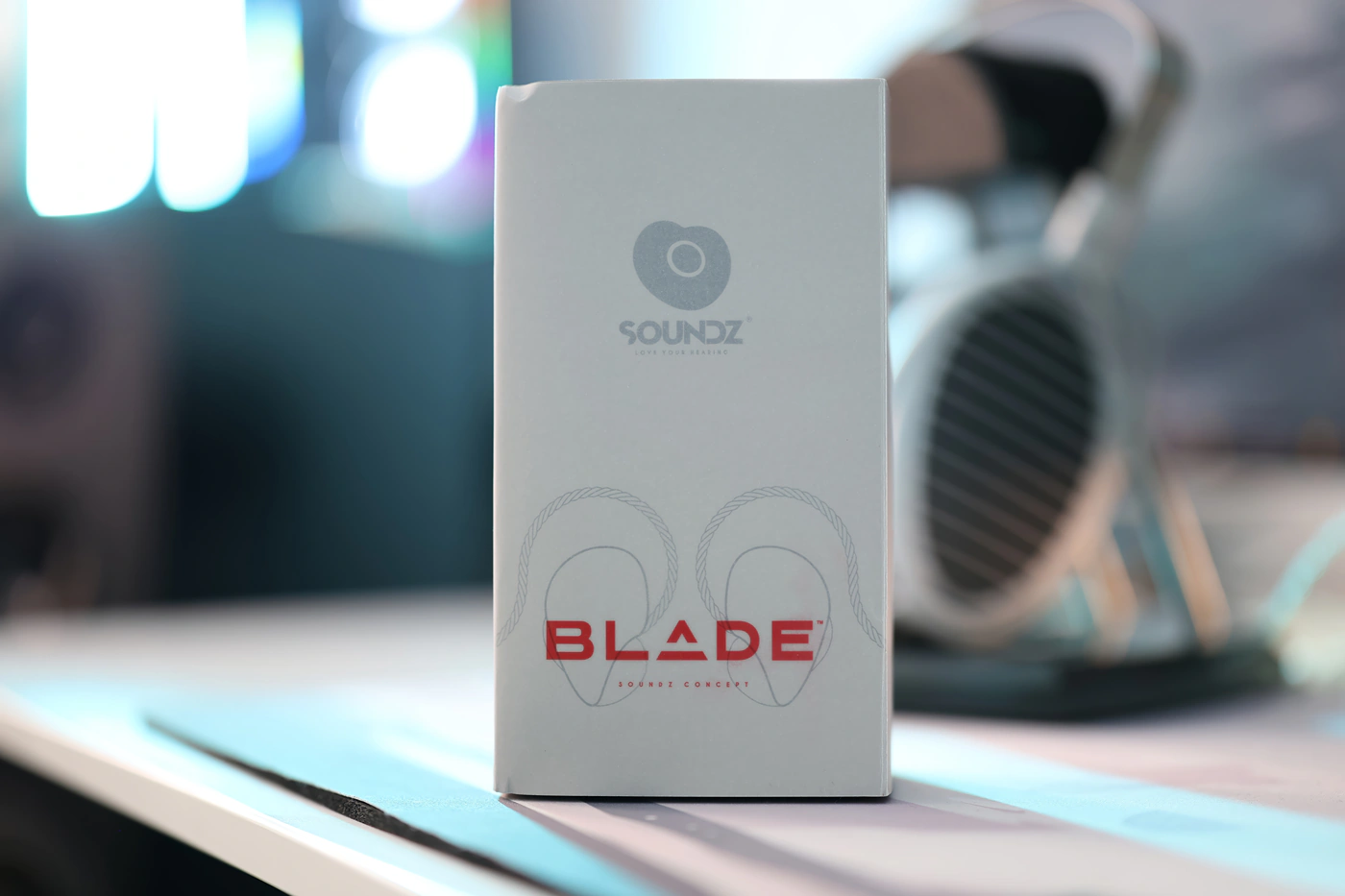
To make sure that using so many drivers will not have a negative impact, Soundz developed their own Complex technology, which is a crossover design to eliminate phase difference, to lower the THD and to match L and R channels perfectly. We also have SoundCore, a unique technology developed by Soundz, which ensures that Blade, Dune and Muse all are made in the same standard, using Back-Vented BA drivers for Low Frequencies. Although Sonion doesn’t have the same reputation as Knowles with audiophiles, Soundz opted to use their drivers, as they are the world’s leading manufacturer in the hearing / audio industry overall, and they are an European Company based in Denmark, giving Soundz more control over the drivers they are using in their IEMS.

At a subjective level, Blade V2 feels very comfortable, the fit is on the deeper side, but this results in one of the strongest passive noise isolations, actually better than most ANC integrations in practice. I can’t really hear anything that’s happening inside of my room, and leakage is basically zero, Blade v2 being one of the few IEMs I can actually crank the volume of without annoying Mary.
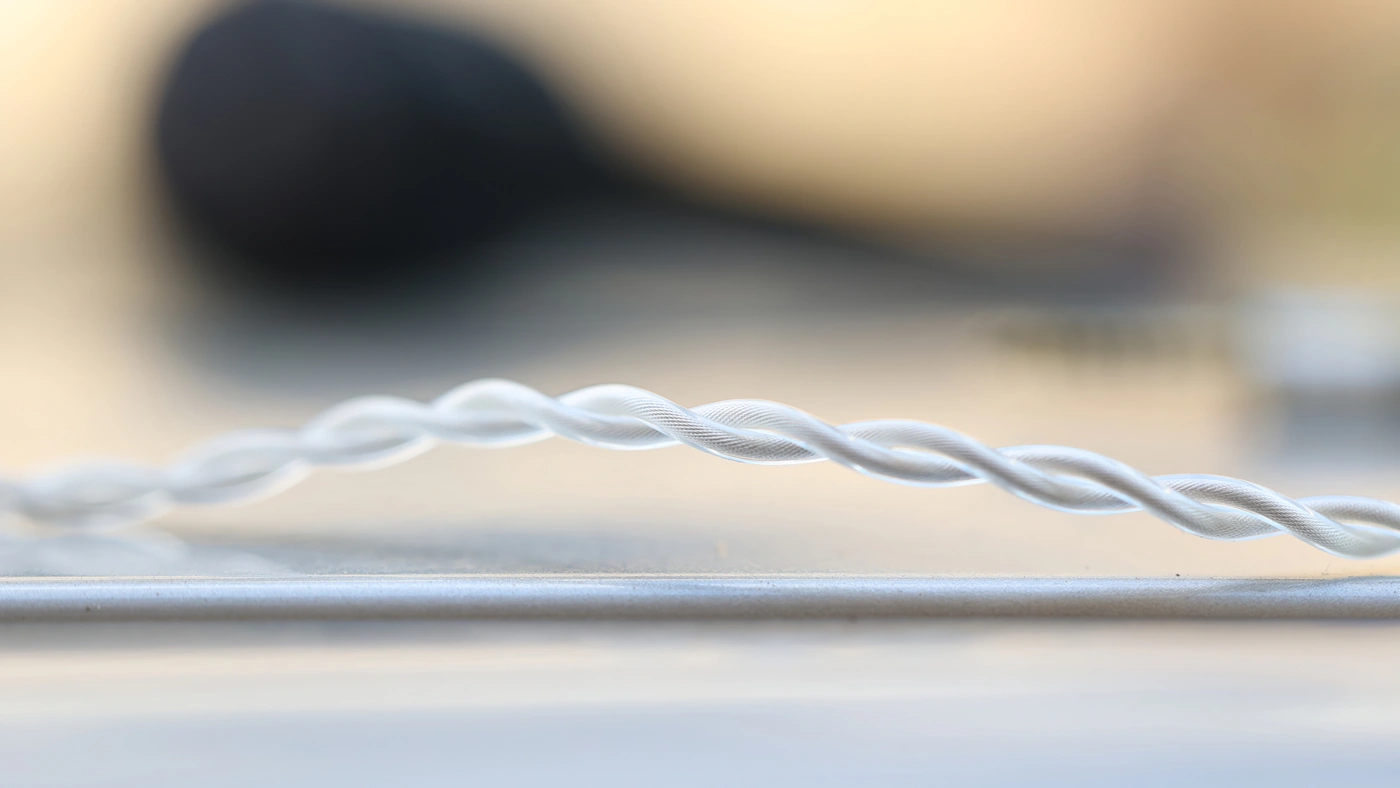
The default cable is of a very good quality, and is very ergonomic, although the connector sheathes used are also seen often with other cables too, which can make it look less flashy than other cables included with IEMs. You can order the Blade V2 with balanced cables, a situation in which you don’t really have a reason to look for upgrades, although I did explore a lot of upgrade options as I love the shells of the Blade V2 and wanted to use them in the photo sessions of cables and other products.
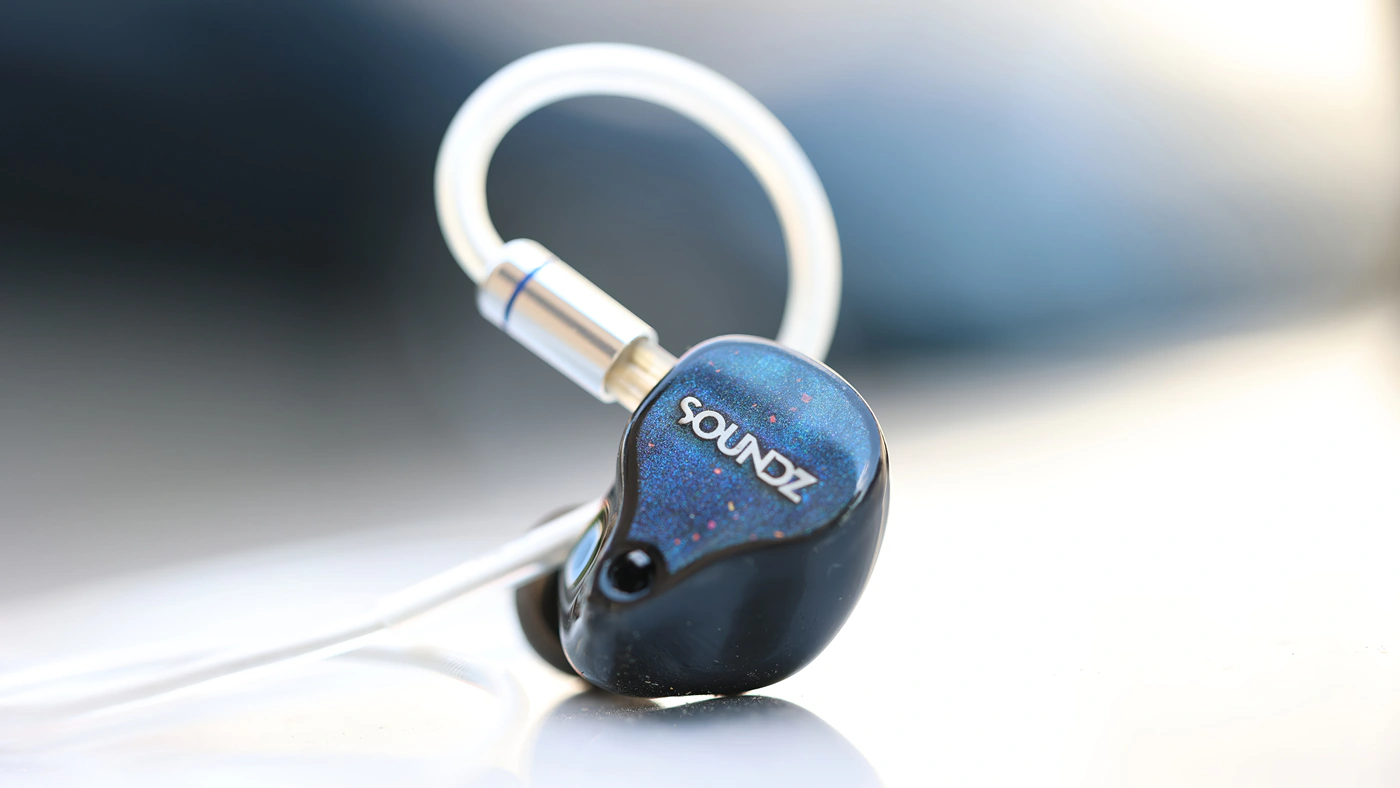
It is really easy to drive Blade V2, as they have a low impedance, of 12 OHMs, and they are theoretically sensitive to source noise, and hissing. The SPL is normal at 105dB/mW, so they won’t be as easy to drive as IEMs with a higher SPL, but they are IEMs and should still be manageable. The crossover is fully electric and there are three sound bores, each leading to a driver array. With multiple sources I heard low to no background noise, the list including iBasso DX260, Topping D50 III + Topping A50 III, HIFIMAN Prelude Amplifier driven by the Goldenwave Serenade DAC, Dethonray Listening M1, and JDS labs Atom AMP2 driven by the JDS Labs Atom DAC 2. With other sources there can be a bit of background hiss, which I noticed when using Hiby R4, Creative Sound Blaster X5, and iFi Zen DAC 3. Overall all of those sources can drive the Soundz Blade V2 really well, but using a better, more high-end source will yield much better sonic quality, better detail and they scale quickly with the source.
Sound Quality
Overall Signature – The general tuning of the Blade V2 is full, lush, dynamic and punchy, with a versatile presentation that emphasizes rock, metal, EDM, and basically makes every music style fun. This means a large, wide and daring bass, a colorful, detailed and punchy midrange, and a bright, well defined treble that never goes overboard, keeping the information in the music inside your ears, but cutting off the frequency harshness before the response hits about 9 kHz. The extension doesn’t stop there, but the tuning is less energetic, and smoother in the high-end to keep music easy to enjoy. I appreciate that the company was honest about versatility, Blade V2 is an IEM I can tune in to and enjoy every single piece in my music collection with, and while most IEMs that go for this are a master of none, I think Blade V2 is a master of all, it can reproduce impact so well that you never feel left behind when rocking to your favorite tunes. Soundz actually has a smart name that I only now noticed, the bass mode is named Blade Mode, while the neutral mode is named Ultra Mode.
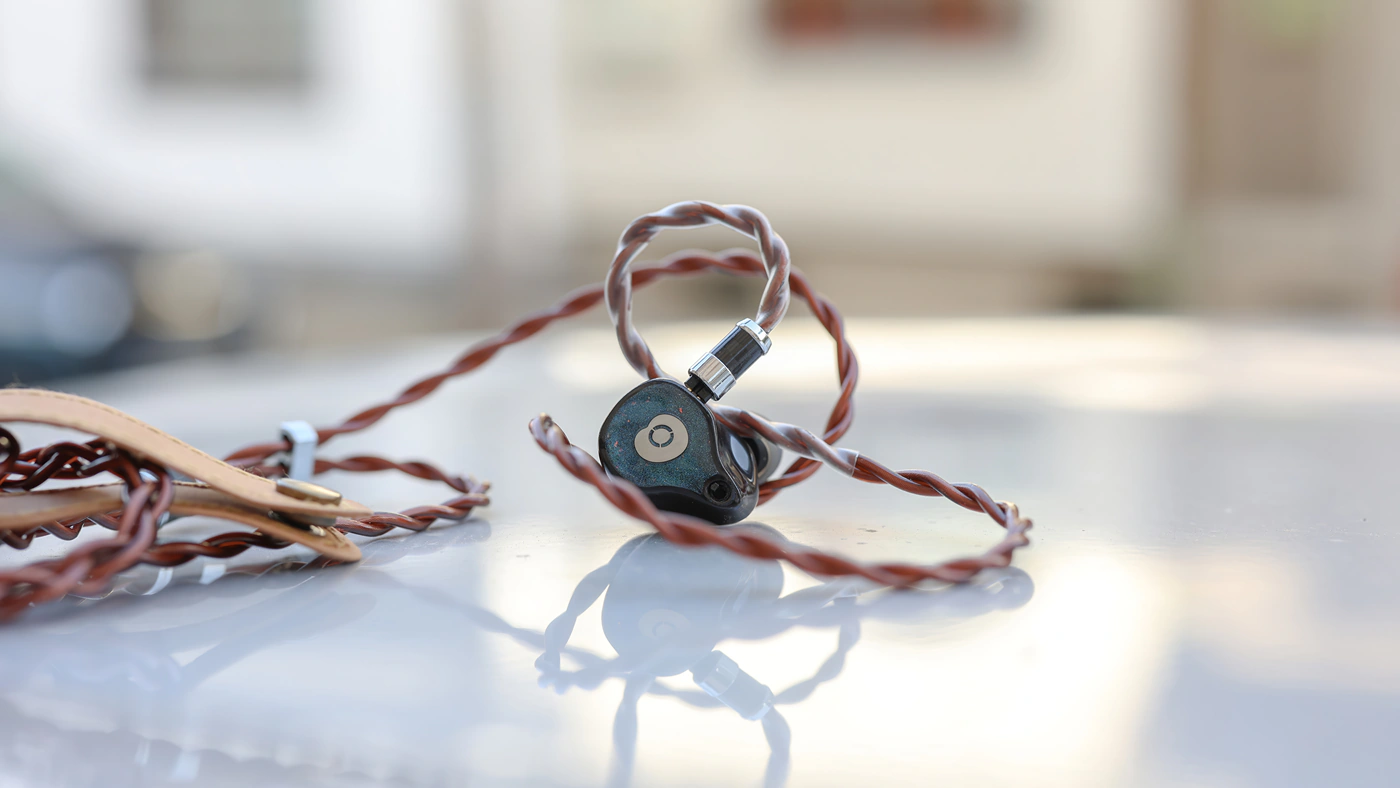
Bass – You could say that bass is a central element in the sound of the Blade V2, but it is not necessarily bass, but substance and fundament to music, they create low-end, but it is a high-speed, revealing bass that has the studio technicalities you’d expect from a CIEM maker, combined with the quantity we typically get from audiophile earphones. That switch on the back allows you to select between a pure studio experience, with a linear, neutral and uncolored bass, or to add some extra meat on the bones, to give music more backbone and better depth. I originally was using Blade V2 with the bass switch engaged to on, I love the bass amount, speed and presentation with the extra. With the switch set to off, the sound can be quite bright and neutral, but it is more studio, and the bass does not roll off, it is just more faithful to the recording.
It is a good idea to mention that regardless of the Blade Mode switch engagement, the bass easily reaches 20 Hz, and feels fuller and more capable than the bass of IE900, the Blade Mode adding presence from 30 Hz all the way to 90 Hz strongly, with effects audible even in the midrange. The boost has a slowly decreasing fashion, with most added bass being around 50 Hz, and the quantity decreasing afterwards. I would go as far as to say that the Blade Mode boost changes the sound entirely, giving lower midrange and upper midrange moire power, being more of a V-Shaped switch than Bass Switch.
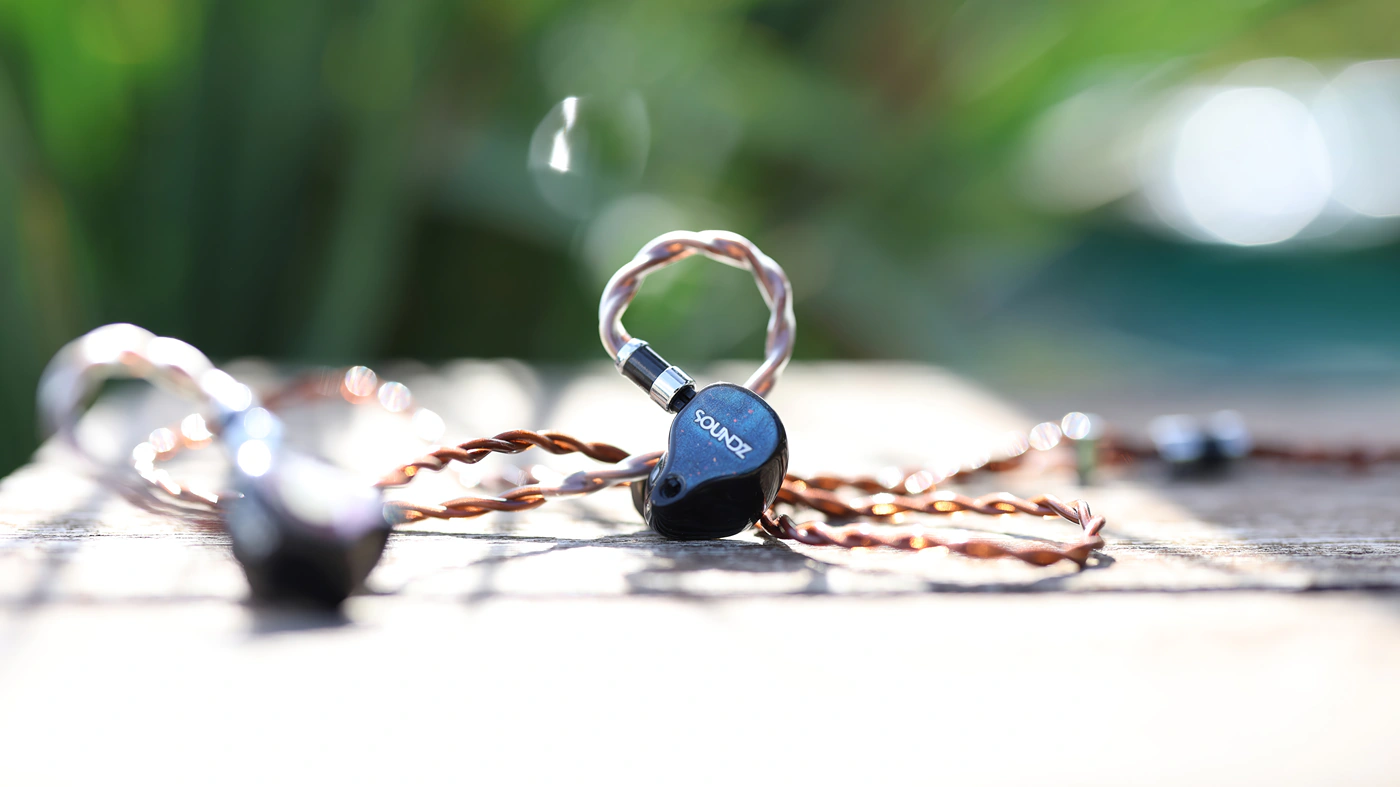
Midrange – If you want the mids to sound a bit thicker, fuller and more relaxed, the bass boost switch will affect the mids too, and I found that after quite a bit of experimenting, I like both tunings equally. The midrange is generally natural, clean and detailed, with the switch set to off, the midrange being very transparent, neutral, clean and having a natural impulse response, presenting textures and details with strong contrast, but in a fluid, non-fatiguing fashion. If you engage the Blade Mode, the lower midrange gets colored with a rather obvious thickening warmth, and the upper midrange and lower treble peaks at around 9kHz, an effect which is not present in the Ultra Mode. Overall, Blade V2 presents both male and female voices equally well, it gives guitars life and color, without overdoing it.
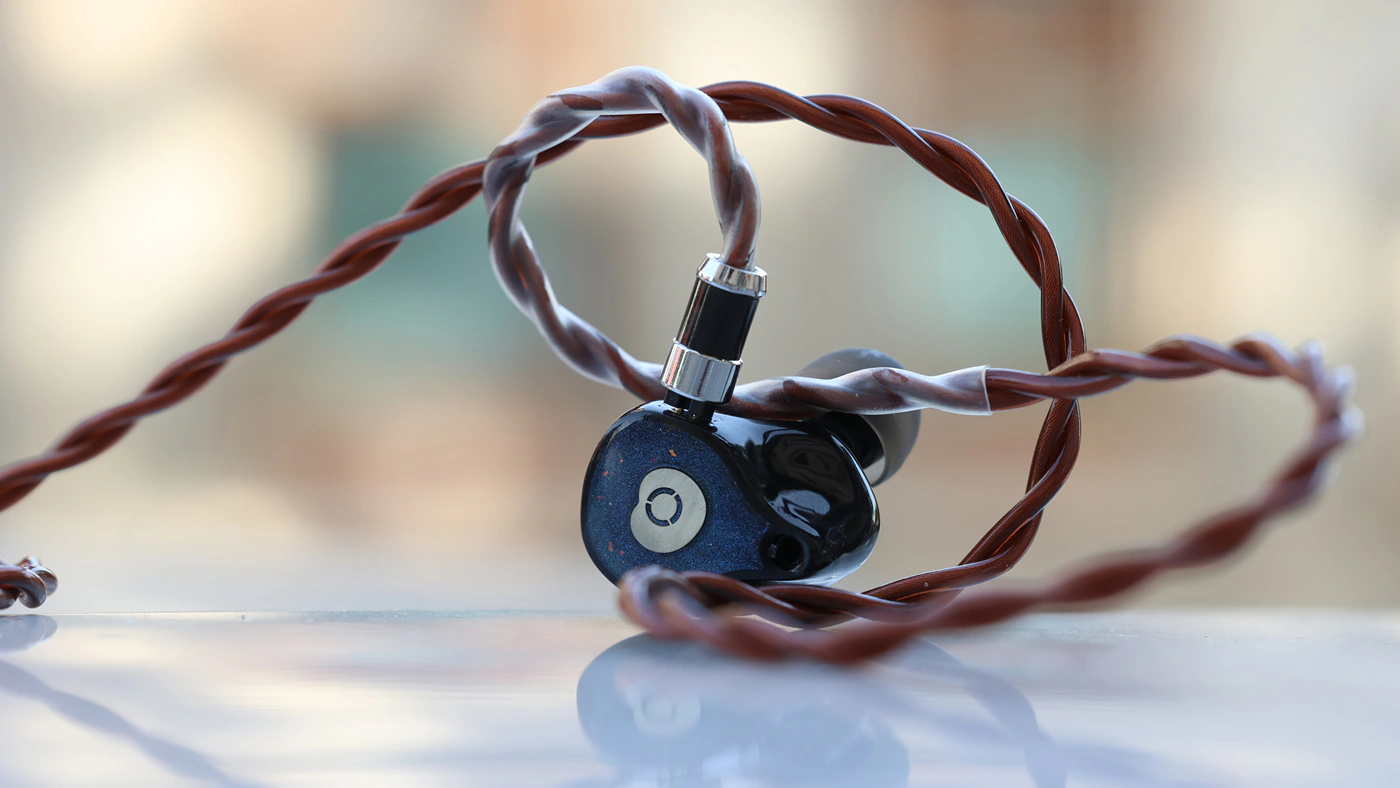
Treble – Treble is generally natural, clean, and extension goes as high as 16 kHz, with minimal roll-off afterwards, but a smoother, more relaxed presentation that’s easy to swallow and enjoy. You can engage the Blade Mode switch to get a small 9 kHz peak, which gives cymbals more shimmer, but for rock and metal, I prefer the sound in the Ultra Mode, the down position. Treble texture is soft, relaxed, and generally allows music and air to shine through easily, not fatigue the listener, providing a really fun, easy and enjoyable listening experience.

Dynamics / PRaT / Textures – Dynamics and impact is really high on Blade V2, with strong contrast between instruments, and especially a strong transparency, as Blade V2 shows how the song was mixed, mastered and recorded, certain rock tracks having next to no dynamic range, and being a wall of sound, while others having a huge dynamic range, and lots of difference between the quiet and the loud parts. Textures seem to be double, and also affected by the Blade Mode. If engaged, Blade Mode makes the textures more obvious, more revealing, faster, and also a bit more grainy. In the Ultra Mode, textures are smooth, lean and easy to hear, while this allows details to shine through, and higher listening volumes with no fatigue.
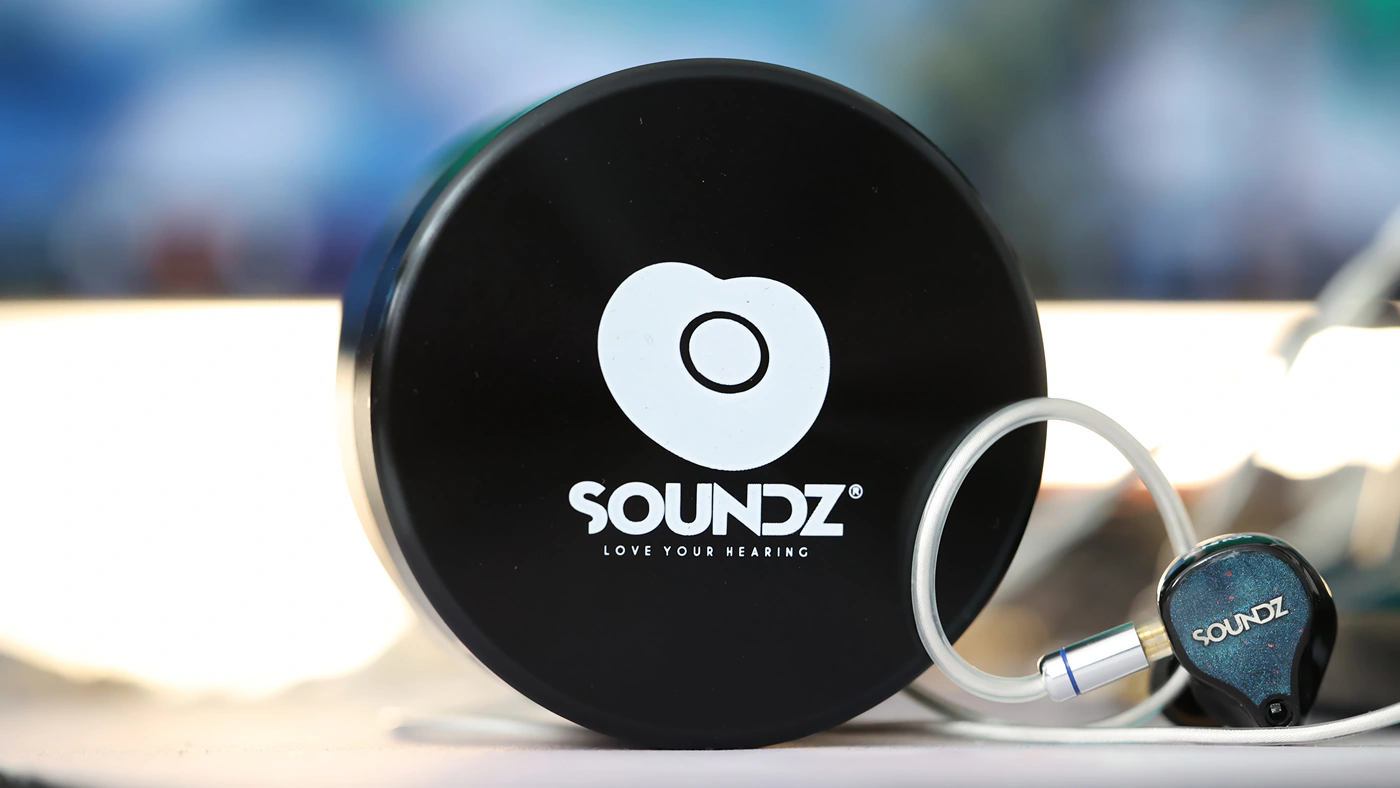
Volume Control – Volume control is exceptional, and the sound is great across all volume levels, although at medium volumes, it is most enjoyable, and has the best of all worlds. With lower volumes, details and clarity is a bit higher, but impact and dynamics are slightly lower, while at higher volumes, impact and dynamics become much stronger, textures become more evident, and the sound achieves most power, at the cost of slightly higher THD. Overall, Blade V2 sings beautifully at all volumes and masters all music styles at all volumes.
Soundstage – Staging is natural, with focus on both width, depth, but also on instrument separation. Blade V2 has the studio approach and experience, which can sound intimate at first, but it actually shows how each song should sound like, it is faithful to the original recording, adding zero scattering, while keeping instrument definition faithful as well, basically showing exactly what the recording has inside.
Comparisons
Soundz Blade V2 vs Sennheiser IE900 (812 USD vs 1499 USD)
Build – I am using Ie900 daily still, as I like their sound, but very few components are still original, so to properly use IE900 I replaced the default tips and default cable with pricey aftermarket options, so Blade V2 coming with excellent defaults feels refreshing. Starting with the fit, Blade V2 fits my ears much better, isolates much better from the outside noise, allowing me to focus better when typing and working, and Blade V2 also leaks less, next to none, which allows me to enjoy music louder without annoying Mary. The package of Blade V2 is much better, and although Sennheiser includes three cables with Ie900, all of them have poor comfort, and Blade V2 achieves excellent comfort straight from the factory, with no extra steps, even the cable being very comfortable, although not that flashy.
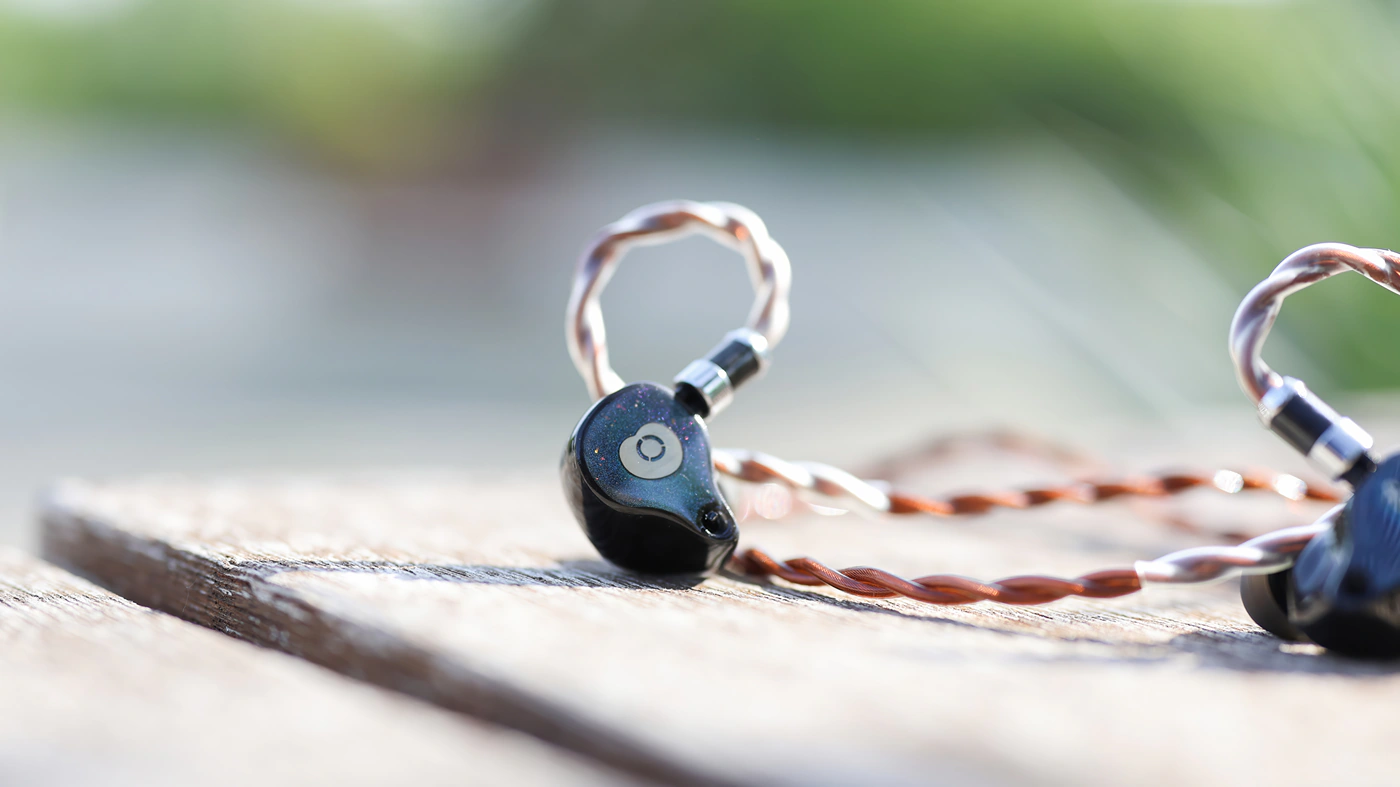
Sound – Sonically, IE900 is much brighter, with a weaker bass, and sounds more revealing, to the point of also sounding more fatiguing. The Blade V2 tuning has more backbone, better bass and impact, more depth and mistakes in music are not as evident, as Blade V2 is more forgiving. Blade v2 has a bit of upper midrange and low treble emphasis, which is quite audible with most music, giving more shimmer and sparkle to cymbals in a specific 9 kHz peak, but Ie900 can be downright fatiguing with a revealing DAC/AMP. Both IEMs are great, I use IE900 a lot, but given he hurdles I have with their design, I recommend Blade V2 if you want to just have fun and enjoy your IEMs.
Soundz Blade V2 vs Campfire Bonneville (812 USD vs 1399 USD)
Build – Bonneville is also designed based on a custom IEM or CIEM, and both Blade V2 and Bonneville offer excellent passive noise isolation, almost equal actually. Bonneville is slightly easier to drive, but Blade V2 is slightly more sensitive to source noise and hissing. Both IEMs are beautiful, the package of Blade V2 is slightly more complete, although the default cable quality of Bonneville is higher. Bonneville is using a standard MMCX connector, which is less common than the 2-Pin used on the Blade V2.
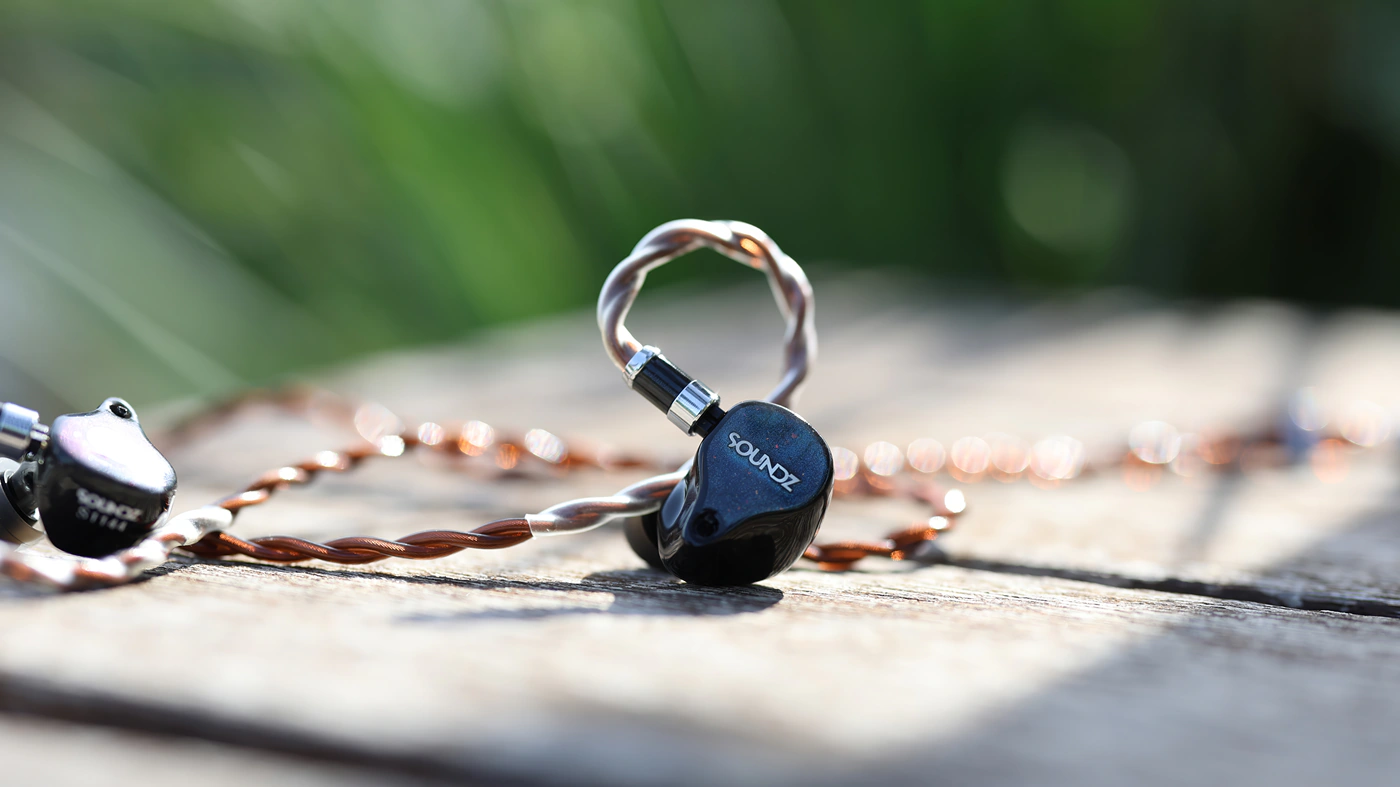
Sound – Sonically, the two are actually similar only if you engage the bass boost on Blade V2, as Bonneville has quite a bit of power, strength and depth in the bass, more so than most IEMS out there, being almost a bass cannon, albeit a controlled one. The resolution of Bonneville is a bit higher, as it reveals more information in the lower and upper midrange in particular, and has a stronger treble, but the treble of Blade V2 is less offensive, easier to digest with most music, and this makes it a better studio IEM, as it will fatigue you less than Bonneville. Both are rather great, the extra money in Bonneville buys a bit more detail, but it does not have two different tunings like Blade V2, and the sound is less fatiguing for Blade V2.
Soundz Blade V2 vs Spirit Torino Twin Pulse Beryllium (812 USD vs 1000 USD)
Build – Spirit Torino Twin Pulse Beryllium surely an use an aftermarket cable, and when we get to reviea few, I promise to explore a little what the can reach, from a comfort perspective, but as things stand, Blade V2 offers a far stronger passive noise isolation, better comfort for long hours of wear, and they are slightly more sensitive to background noise and hissing too. As both are IEMs, there is no drastic difference in how hard each is to drive, and design looks cool for both, the package is great for both, and craftsmanship is excellent for both, as both are handmade, Twin Pulse Beryllium in Italy, while Soundz Blade V2 is made in Greece.
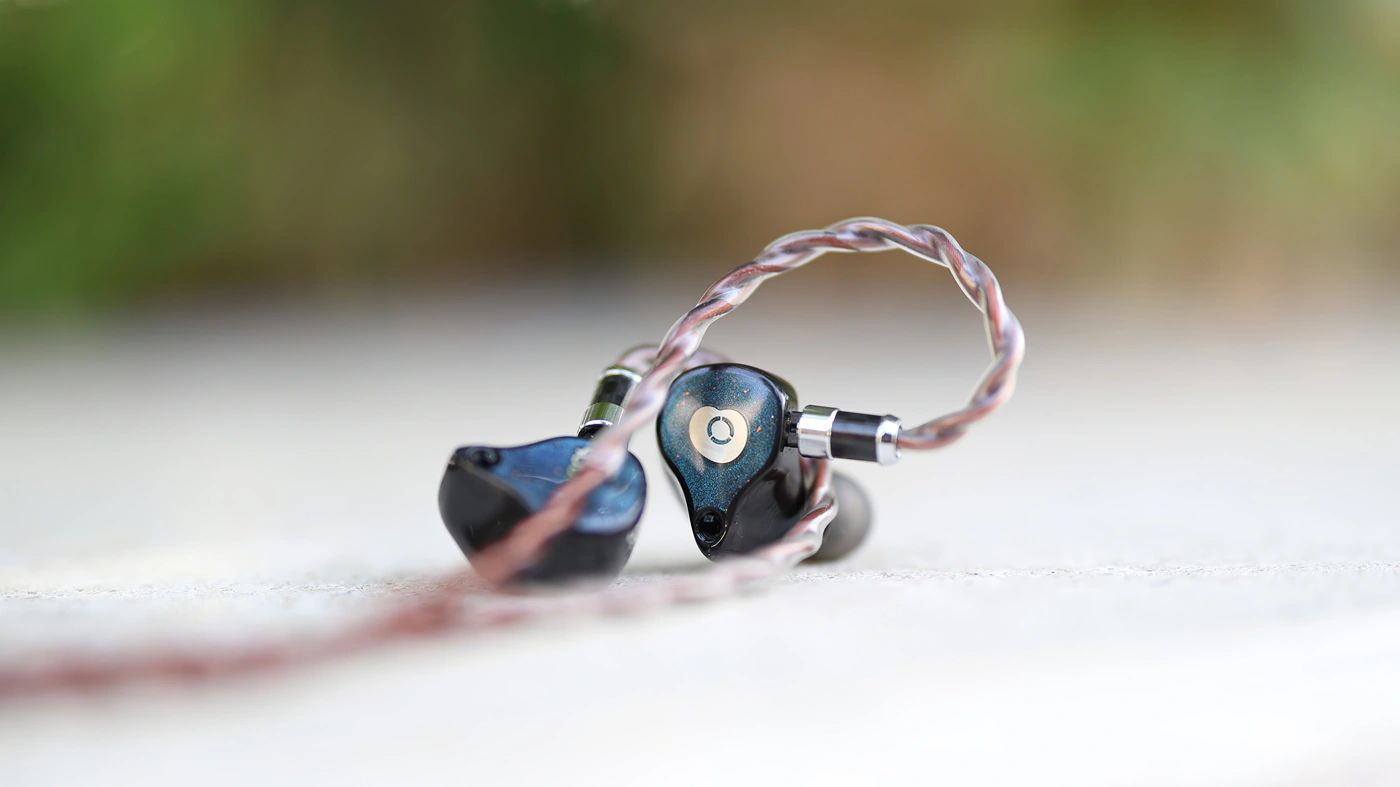
Sound – Sonically, Twin Pulse Beryllium is more neutral, warmer, and more musical, softer, and smoother, and also a bit more natural in the midrange. The sound of Twin Pulse Beryllium scatters and expands the soundstage slightly, offering a deeper soundstage with a more spatial presentation. By contrast, Blade V2 sounds more intimate, each instrument has a stronger definition, detail is presented with more contrast, and dynamics are stronger, but the midrange has a bit of coloration, upper midrange peaking and a bit of lower midrange extra warmth, if you engage the bass switches. Without the bass switches engaged, the sound is indeed very neutral and linear, but you may miss the extra oomph that Blade V2 can offer. Overall, Twin Pulse Beryllium offers a sound that is very similar to the most expensive open-back headphones and speakers you can find, but condensed in an IEM, while Blade V2 has a studio monitor sound that’s really crisp, defined and precise, having more focus on the technical aspects of music.
Value and Conclusion
Soundz provides a wearing experience, build quality and comfort that is unique to CIEM makers in general, and although Soundz Blade V2 is a universal IEM, it feels like a custom, the material, shape and design simply feels like a mold to my ears, it provides the passive noise isolation, as well as clarity and perceived sonic quality that we associate with customs. The price is not a low one, but the quality and performance you receive for that price is very good, you can now order Soundz IEMs with balanced cables, and I have been using Blade V2 with balanced sources, getting 100% of what each setup can offer.
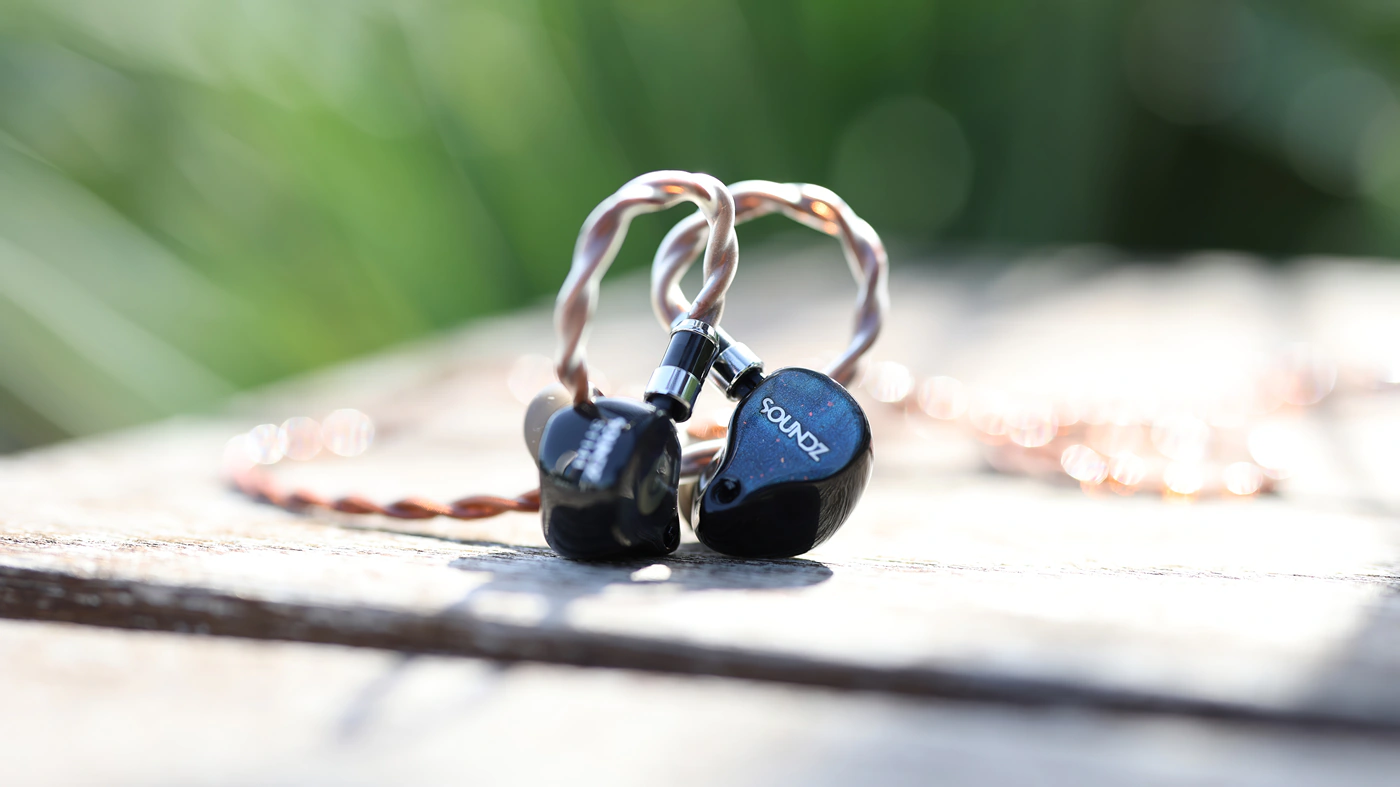
At the end of the day, if you need one IEM with two tunings, if you need either a lot of bass, or a neutral bass, but if you need precision, speed, and clarity, if you need comfort, and ultimate passive noise isolation, a beautiful design, or the ability to put on your own shells, and if you need an earphone that’s tuned to reveal details well but never fatigue you, Soundz Blade V2 is one of the best you can grab, a master of all, enjoyable in every scenario and beautiful in every universe of music I listened to it, from metal all the way to jazz and cabaret.
Product Link
Official Link – https://www.soundzcustom.com/product/soundz-blade-universal-fit/
You can grab one here – https://amzn.to/3SizcMv
--- Please remember to stay safe, and always have fun while listening to music!---
- If you have a dime to spare, please donate, and help us! It would make the day brighter for me and my wife-
Full Playlist used for this review
We listened to more songs than those named in this playlist, but those are excellent for identifying a sonic signature. I recommend trying most of the songs from this playlist, especially if you’re searching for new music! The playlists are different for Spotify, Tidal and Youtube, and based on the songs I enjoy and are available on each!
https://www.youtube.com/playlist?list=PL_cjBXGmwSHSdGcwuc_bKbBDGHL4QvYBu
https://open.spotify.com/playlist/5J3oloz8Riy9LxEGenOjQ0?si=979ba4f082414be7
https://tidal.com/browse/playlist/330fd544-8e5b-4839-bd35-676b2edbb3d5
--- Contact Us ---





